Rome, Italy’s capital, is one of the world’s most historically and culturally rich cities. Known as the Eternal City, Rome offers a stunning blend of ancient ruins, Renaissance art, Baroque architecture, and a lively food and coffee culture. If you’re planning a trip, here are the best places to visit in Rome to make your journey unforgettable.
1. Colosseum
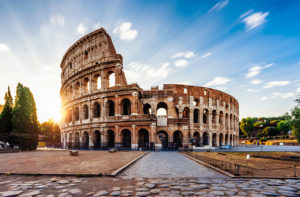
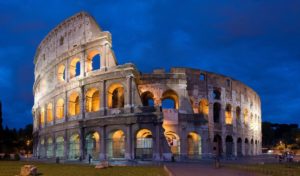
No visit to Rome would be complete without seeing the Colosseum. This ancient amphitheater, built in 80 AD, once hosted gladiatorial contests and public spectacles. Today, it stands as an iconic symbol of ancient Roman engineering. Consider booking a guided tour or skip-the-line ticket to avoid long lines.
2. Pantheon
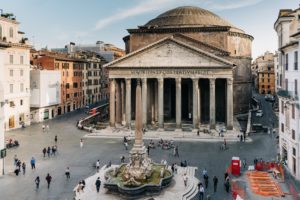
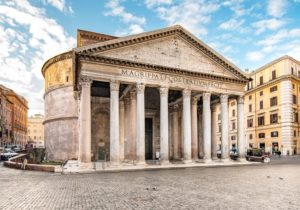
One of the best-preserved monuments of ancient Rome, the Pantheon is a marvel of architectural design. Its enormous dome and the oculus, an opening at the center, are architectural wonders that have inspired generations of architects. The Pantheon is also a burial place for Italian kings and the artist Raphael. Get your tickets here!
3. Vatican City and St. Peter’s Basilica
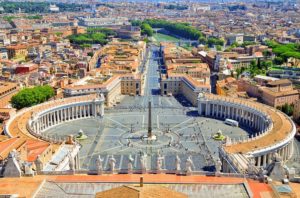
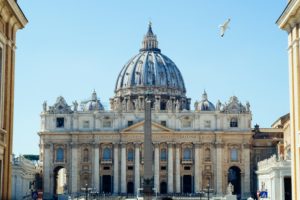
Vatican City, the world’s smallest country, is home to St. Peter’s Basilica and the Sistine Chapel. St. Peter’s Basilica, one of the most beautiful churches globally, is a masterpiece of Renaissance architecture and home to Michelangelo’s Pietà. Don’t miss climbing the dome for a panoramic view of Rome. For a guided tour, get your tickets here!
4. Vatican Museums and The Sistine Chapel
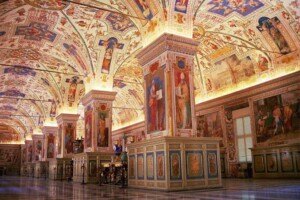
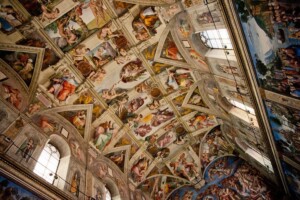
Located within the Vatican Museums, the Sistine Chapel is famed for Michelangelo’s breathtaking frescoes, including the iconic Creation of Adam. Arrive early or book a private tour to appreciate this masterpiece without the crowds. For a tour of The Vatican Museums and The Sistine Chapel, get your ticket here!
5. Trevi Fountain
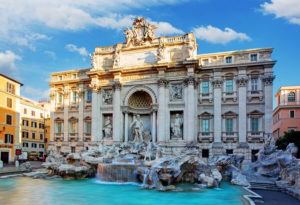
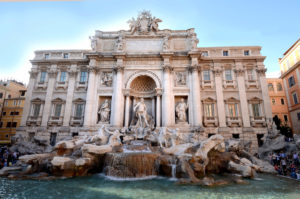
The Trevi Fountain is one of the most famous fountains in the world. Legend has it that throwing a coin into the fountain ensures your return to Rome. Arrive early or late in the evening to avoid the crowds and enjoy the fountain in peace.
6. Roman Forum
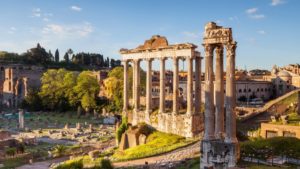
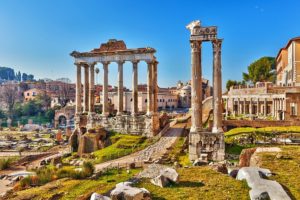
The Roman Forum is a collection of the most important structures of ancient Rome found between the Palatine and Capitoline Hills. Previously, it was the center for religious, political, public, and commercial life. The buildings started falling into ruins after the seventh century. Much of the area is in ruins but you can still be in awe of what remains of its past glory. Here you’ll see the Temple of Saturn, the Arch of Septimius Severus, the House of the Vestal Virgins, the Temple of Antoninus Pius and Faustina, the Arch of Titus among many other fascinating ancient structures.
7. Piazza Navona
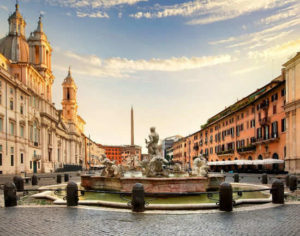

Piazza Navona is a beautiful large public square in Rome built on the site of the Stadium of Domitian constructed in the first century. This lovely square is adorned with 3 spectacular fountains, Fontana del Moro, Fontana di Nettuno and la Fontana dei Quattro Fiumi. Fontana dei Fiumi, designed by Bernini, is the largest and has 4 rivers that represents the major rivers in each continent. Nowadays, the public square is favored by large crowds who enjoy watching street performers and artists. A vast number of tourists love dining in the many restaurants in the area and shopping in the nearby city market.
8. Spanish Steps
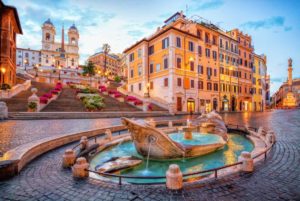
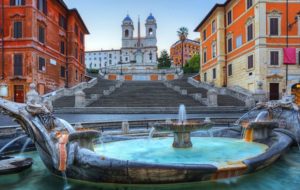
The Spanish Steps seen at the Piazza di Spagna, is a 135-step stairway nestled in the middle of the Trinità dei Monti church found at the top and the Barcaccia fountain sits beautifully at the foot of the steps. Over the years the steps have had mixed reviews with some labeling it as underwhelming while others a must-see site. The views at the top of the stairs make the climb worth it as you’ll enjoy breathtaking views of the surrounding attractions. People typically prefer sitting on the steps and eating while people-watching. However, many were not impressed by the large crowds.
9. Palatine Hill
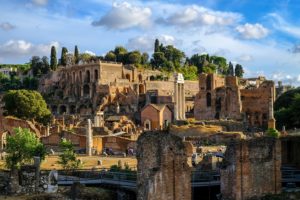
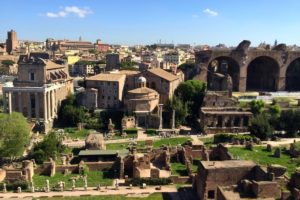
The Palantine referred to as a green heaven, offers a new outlook on Rome and its history. It’s part of the seven hills of Rome and part of the great Roman mythology. It’s said that it’s where a wolf found twin boys Remus and Romulus and cared for them until they were rescued by a shepherd. Palantine Hill has often been called the first nucleus of the Roman Empire and has many ruins and pathways to explore. Some things to discover here are the House of Livia, Domus Flavia, Domus Augustana, and the Baths of Septimius Severus.
10. Castel Sant’Angelo
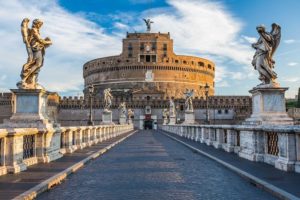
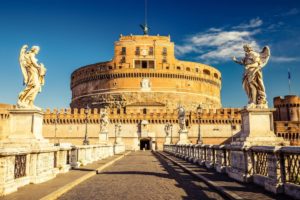
Originally built as a mausoleum for Emperor Hadrian, Castel Sant’Angelo has served various purposes over centuries. Today, it’s a museum offering views of the Tiber River and St. Peter’s Basilica from the terrace. Don’t forget to purchase your ticket here!
Tips for Visiting Rome
- Best Time to Visit: The ideal times to visit Rome are spring (April to June) and fall (September to October) when the weather is pleasant and tourist crowds are smaller.
- Getting Around: Rome’s public transportation includes buses, trams, and a metro system. Walking is also a great way to explore Rome’s historic neighborhoods.
- Dress Code for Churches: When visiting religious sites like St. Peter’s Basilica, dress modestly with covered shoulders and knees.